By Adam Lynch
During any war, combating countries predictably issue reports andcreate publicity more favorable to their own side. Often the difference is subtle, but sometimes it is profound. A perfect example occurred during World War II as Germany unleashed its V-1 and V-2 onslaught against England. Both governments were well aware that the weapons introduced a whole new aspect to an already violent war. How they described and reported it was in marked contrast.
In England the V-1 may have acquired some funny names, but there was nothing funny about its death-dealing power. Its pulse jet engine made a peculiar, raspy, loud sound and it carried a one-ton warhead that Londoners learned to fear. Twenty-five feet long, with stubby wings and a range up to 150 miles, the robot bomb flew at 400 miles an hour. It took only five minutes to cross the Channel, which made defending against it most difficult. The British called it the Buzz Bomb, Doodlebug, or Diver. It was Adolf Hitler’s latest attempt to force England out of the war. Hitler told his rocket pioneer Wernher von Braun, “This will be retribution against England. With it we will force England to her knees.” The ways in which official statements, including broadcast and print media, in Berlin and London reported this new chapter of making war in early 1944 reveal the extraordinary differences between the two governments of the time.
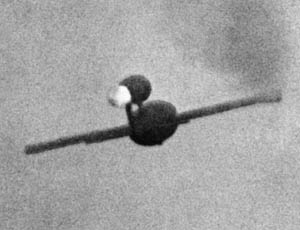
Officially, the Buzz Bomb was the V-1, or Vergeltungswaffe—Vengeance Weapon, simple to build but sophisticated in its engine and auto pilot guidance system. Constructed of plywood and sheet steel, it did not require scarce aluminum. Before Allied armies finally overran its launch sites, it killed more than 6,000 people in southeast England. Soon after, Germany’s even more revolutionary V-2 rockets began to fall, killing another 2,855 persons.
By 1944, as the Allied bombing campaign escalated, German factories and transportation facilities faced mounting destruction. Hitler thirsted for revenge. Under his increasing demands for immediate results, the V-1 program got off to an early, shaky start. Ironically, it might have been ready sooner had Hitler himself not delayed its development. Also, Luftwaffe chief Herman Göring never supported the program. On June 12 that year, Germany launched 19 of the flying bombs. Of the first salvo, only nine actually left the platform, none of which reached England. Of the second salvo, four quickly crashed alarmingly nearby, two went down in the English Channel, four reached England, and only one hit London. Lord Cherwell, an adviser to Prime Minister Winston Churchill, announced, “The mountain hath groaned and given forth a mouse.” All too soon, however, Lord Cherwell would regret his lofty observation.
Citizen John Franklin was one of the first to see this revolutionary weapon. On June 17, the News Chroniclein Croydon quoted Franklin’s description. “When I first caught sight of the plane (sic) it appeared at 300 to 400 miles an hour at about 2,000 feet. In size it was half that of a Spitfire. Soon after it passed over, the engine cut out and it went into a steep dive. A few seconds later, it blew up.” Over the next year as more Buzz Bombs roared across the Channel, Londoners learned to fear the sudden stop of the engine noise that preceded its deadly dive.
The British government had long known of a new, still unidentified, potential threat. As far back as 1939, a secret report out of Oslo, Norway, warned that Germany was beginning research on flying bombs and rocket bombs, but British intelligence advisers downplayed the report, believing it could only involve solid fuel rockets with limited range. Then, as late as October 1943, French spies reported unusual construction at Peenemmude, near Stettin, along the Baltic Sea and on the Normandy coast of France from Cherbourg to the Pas de Calais. The Allies called them “ski-sites” but didn’t yet know what they were. Thousands of slave laborers were used in underground caves under appalling physical conditions to manufacture the craft. As workers collapsed they were replaced with new slave labor taken directly from concentration camps. It was largely because of Albert Speer’s role as armaments minister in supplying such labor that he received the sentence of 20 years at the Nuremberg trials.
In operation, the V-1 engine would be started, and the craft then steam-catapulted off a 157-foot long, elevated launch rail pointed straight at London.
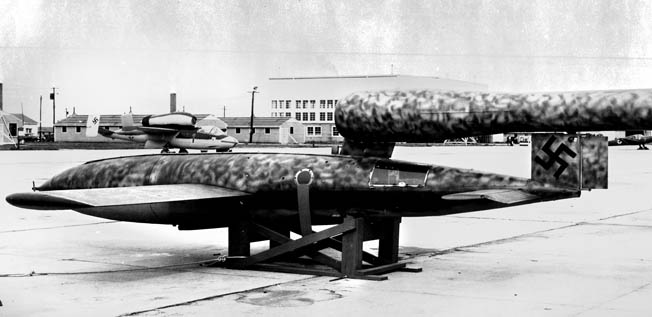
Quickly, the number of V-1s and resulting casualties increased. The British press had to report the obvious. On June 16, 1944, the London Evening News headlined, “Pilotless Warplanes Raid Britain.” The next day, The Times of London carried the official government position: “Militarily, therefore, this new weapon cannot have the slightest effect on the course of the war. The aim of these raids is, no doubt, to shake the morale of the British public.” Of course, they were quite right. That was exactly what Hitler had in mind. The Normandy invasion, landing thousands of troops on “Fortress Europe,” had occurred back on June 6. If he could now break the British will and force England into a settlement of some kind, he might forge a deal short of unconditional surrender. Although that never happened, the Allies watched the mounting death toll in and around London with apprehension. Each new announcement in Europe was followed closely in the United States. Hitler’s plan to create morale-breaking devastation was, perhaps, an unrealistic hope. But, while that is obvious now, it was less so back then.
And so the war of words heated up. Propaganda Minister Joseph Goebbels shouted on Radio Berlin, “The pilotless planes have caused the war to enter a new phase—unique destruction, enormous conflagration, stopping of work in factories and office-panic!”
It was, of course, a wild exaggeration but in England, official concern ramped up to a new level. Herbert Morrison, Minister of Home Security, tried to head off such panic. In an address to the House of Commons on June 16, Morrison announced, “While I have thought it right to inform the House about the new weapon used by the enemy, the available information does not suggest that exaggerated importance need be attributed to this new development. The nation should carry on its normal business. But I must impress on the public the importance of not exposing themselves to danger in the streets out of curiosity.” It was a masterful, understated warning, but clearly the Churchill government was becoming increasingly worried.
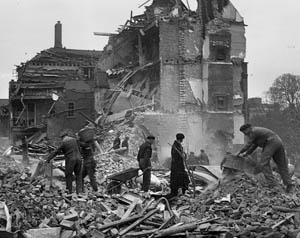
By June 19, more than 500 V-1s had hit southeast England. Great Britain tried fooling the enemy by reporting the bombs were landing farther north, when they were not. The hope was that Germany would then alter the launch direction and fire the missiles into unoccupied areas. It fooled no one since honest news reporting revealed exactly where the Buzz Bombs were coming down. The worst single death toll occurred on November 25, 1944, as 168 persons died when a V-1 exploded amid a crowded Woolworth store in New Cross. The pluck and resilience of British public spirit were being severely tested.
Meanwhile, Goebbels raised his propaganda level. He proclaimed, “In London, life has practically come to a standstill as the rain of secret weapons continues almost without interruption.” Soon, Berlin Radio announced, “The British government has given orders for the immediate evacuation of the (London) population.” Not quite true, but in fact by early September and with government urging, more than a million residents, mostly women, children, and the aged or infirm had left. On July 7, United States network radio commentator Raymond Gram Swing announced, “Prime Minister Churchill’s revelation as to the seriousness of the robot bombs took this country aback. We had no idea the German secret weapon was so formidable.” Churchill demanded the best possible defense and, as it turned out, that defense was already taking a heavy toll on the incoming V-1s.
Although the manufacturing and launch sites were heavily defended and partially underground, British and American bombers and fighter bombers hit them again and again. On the English side of the Channel, a combination of antiaircraft guns, barrage balloons, and speedy fighter planes were thrown into the battle. Those three elements, working together, were titled Operation Crossbow.
But, fighter pilots in even fast aircraft like the RAF Hawker Tempest or U.S. Army Air Forces’ North American P-51 Mustang found catching the robot difficult and dangerous. On June 17, 1944, USAAF Mustang pilot Captain William Anderson destroyed one. He recently wrote, “I dove down on the doodlebug at between 3,000 and 4,000 feet. You had to look for two things when chasing and firing at a V-1. One was friendly fire from antiaircraft gunners trying to knock it down, and you didn’t want to get too close while you were shooting because if it blew up in front of you it would take you down with it.” Some daring pilots would catch up to the V-1 and slide in next to it close enough to tip the bomb’s wing with their wing, thus upsetting the missile’s gryocompass and sending it crashing.
RAF pilot Joseph Berry got a hero’s recognition for his exploits. The leader of No. 501 Squadron, flying a powerful Tempest fighter, accounted for an amazing 59 buzz bomb “kills.” In some ways it was like the earlier days when Messerschmitts and Spitfires tangled in the skies over London.
By mid-July, Germany had launched some 4,000 V-1s. Of the 3,000 that actually reached the defense area, an impressive 1,000 were destroyed, but more kept coming and casualties and concern mounted. British-born traitor and Nazi broadcaster Lord Haw-Haw weighed in: “There is a general and very natural feeling among the people that the British Government has failed seriously in an emergency which ought to have been foreseen.” The German newspaper Nachtausgabeecrowed, “We give in to the feelings of hatred and retaliation against the enemy who wanted to destroy Germany by terror and unscrupulous barbarity.” The war of words was intense.
Meanwhile, Allied armies were pushing ever closer to the original V-1 launch sites. The Germans pulled back to safer launch areas in Belgium and also tried releasing some robots in the air from twin-engine Heinkel bombers. It was a largely unsuccessful effort, and by late August, although some V-1s were still launched against Allied forces at the port of Antwerp, it appeared the Buzz Bomb crisis might be ending. In fact, on September 7, a member of the British War Cabinet told the press, “The battle of London is over except possibly for a few last shots.” He was wrong. The very next day a new aerial nightmare began.
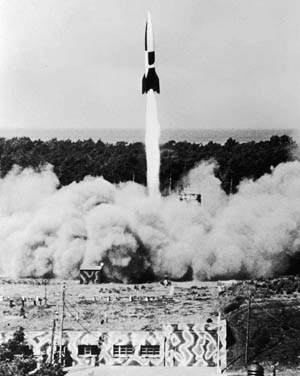
The 46-foot tall V-2 was essentially a sub-orbital intercontinental ballistic missile. The first one hit southeast England on September 8, 1944. It reached speeds of 3,000 miles per hour, weighed 13 tons, and also carried a one-ton warhead, but unlike its predecessor it gave no warning. More frightening was the fact there was simply no defense. It came down suddenly from high overhead. Germany launched some old V-1s loaded, not with explosives, but with propaganda leaflets that read, “German scientists have invented a new and more destructive weapon. It is the V-2. It’s time for the British people to listen to the words of reason of the Führer. Give up this war. It is one you cannot hope to win.”
An early attempt by the British government to attribute these new explosions to gas buildup in the sewer system was wisely and quickly dropped. Such misleading announcements were few in number as official British reaction was somber but more candid. Churchill instinctively understood the need for honesty if he was to maintain public confidence. Government announcements were “fine tuned” but not untruthful.
Air Chief Marshal Sir Philip Joubert later wrote, “Our retaliation against this enormously fast weapon was to attack the launching areas and the bombing of supply depots. There was nothing more we could do.” On November 10, Churchill addressed the nation, saying, “Because of its high speed, no sufficient public warning can under present circumstances be given. There is, however, no need to exaggerate the danger. The use of this weapon is another attempt by the enemy to attack the morale of our civilian population.”
He added the very serious suggestion that those who did not need to be in London should leave. Sometimes entire neighborhoods were blown apart. Obviously, Hitler had once again raised the stakes, and Great Britain was trying hard to stay calm. Later, writer Basil Cardew captured the mood of that time in an article in The Daily Express edition of April 28, 1945. “Londoners never knew when a new blow would fall upon them during the months of the V-2 attacks. But they carried on in their normal lives and they continued with their work.”
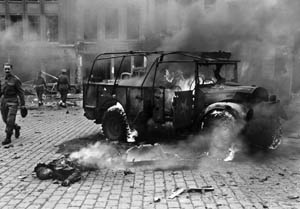
The Churchill government and the British news media made no attempt to minimize the threat. In a very real sense, the flying bomb and rocket attacks paralleled the “blitz” unleashed by the Luftwaffe in 1940 and 1941. The targets were much the same. The residents of south and east London once again lived in constant apprehension. However, unlike the earlier blitz, these attacks came in daylight when folks were out and about. This new Battle of Britain afforded no sleeping in subways for nighttime protection.
Although Hitler could not admit it, the truth was, even if London had disappeared altogether, his time was now running out. As the rocket launch sites were being overrun, his military each time pulled back, desperately constructing new ones ever closer to Germany. Armaments Minister Speer said in his Inside the Third Reich memoir, “Hitler, and all of us, hoped this new weapon [the V-1] would sow horror, confusion and paralysis in the enemy camp. We far overestimated its affect.”
As for the V-2, Speer wrote, “Hitler now decided to use our big new rocket to retaliate against England. He wanted 900 produced monthly. The whole notion was absurd.” Historian William L. Shirer in his Rise and Fall of the Third Reich put it this way: “The hopes of the promised miracle weapons which had for a time sustained the masses, the soldiers and some hard-headed generals, were finally abandoned.”
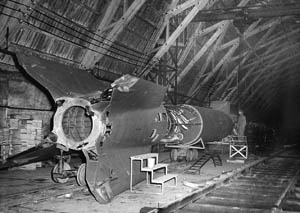
Thousands more would die on both sides. The Battle of the Bulge was yet to come, and the revolutionary Messerschmitt Me-262 jet fighter plane would make Allied bombing raids more difficult, but the end of the war in Europe was at least now in sight. By late March 1945, the last of the V-2s hit England. By then, much of Berlin was bombed out and its rabid radio propaganda finally silent. In London the rebuilding was underway. The integrity of the British government and media reporting had remained intact. During the most trying of times, public statements were obviously carefully worded but as honest as they could be under wartime conditions.
Today, car parks and residential housing cover most of the places where the bombs landed in London. No obvious evidence remains. However, it can be noticed that very old trees do not exist there. Time has thinned the generation that suffered under the V-1s and V-2s but those who are still alive remember well that while British spirit may have been severely bent, it never broke.
Adam Lynch has worked as a historical writer and researcher for many years. He resides in Monroeville, Pennsylvania.
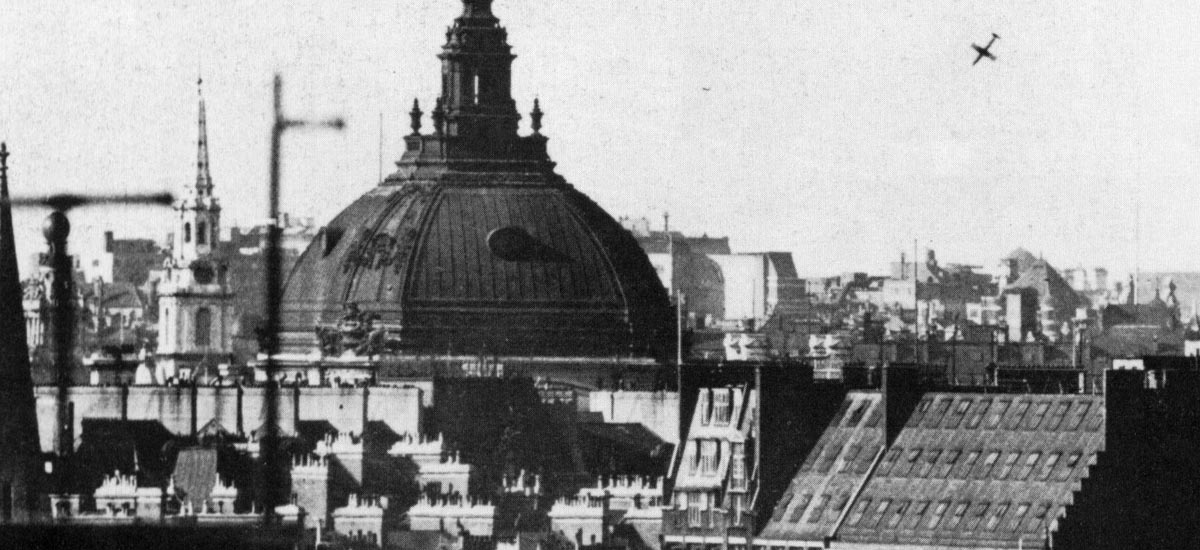
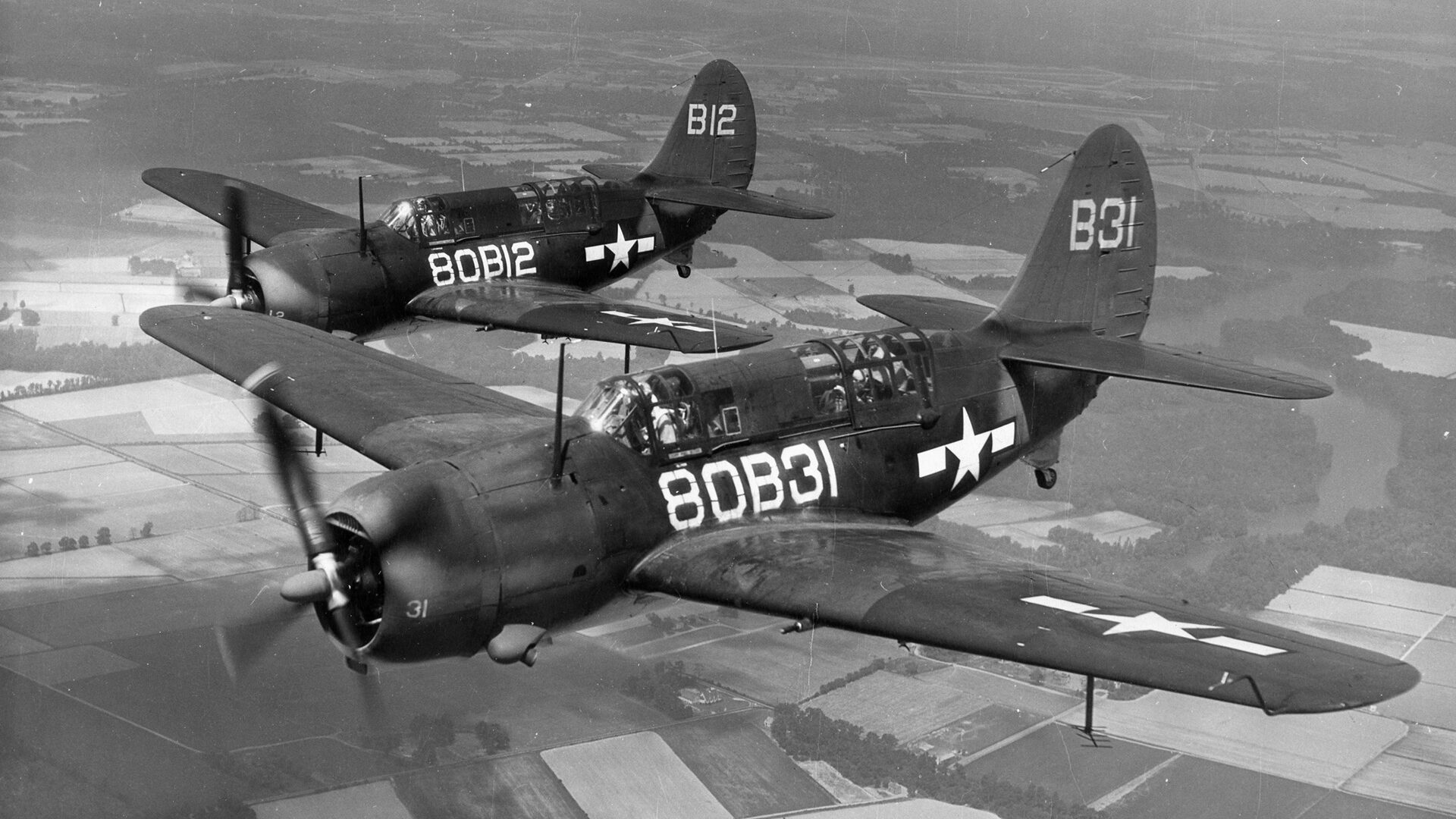
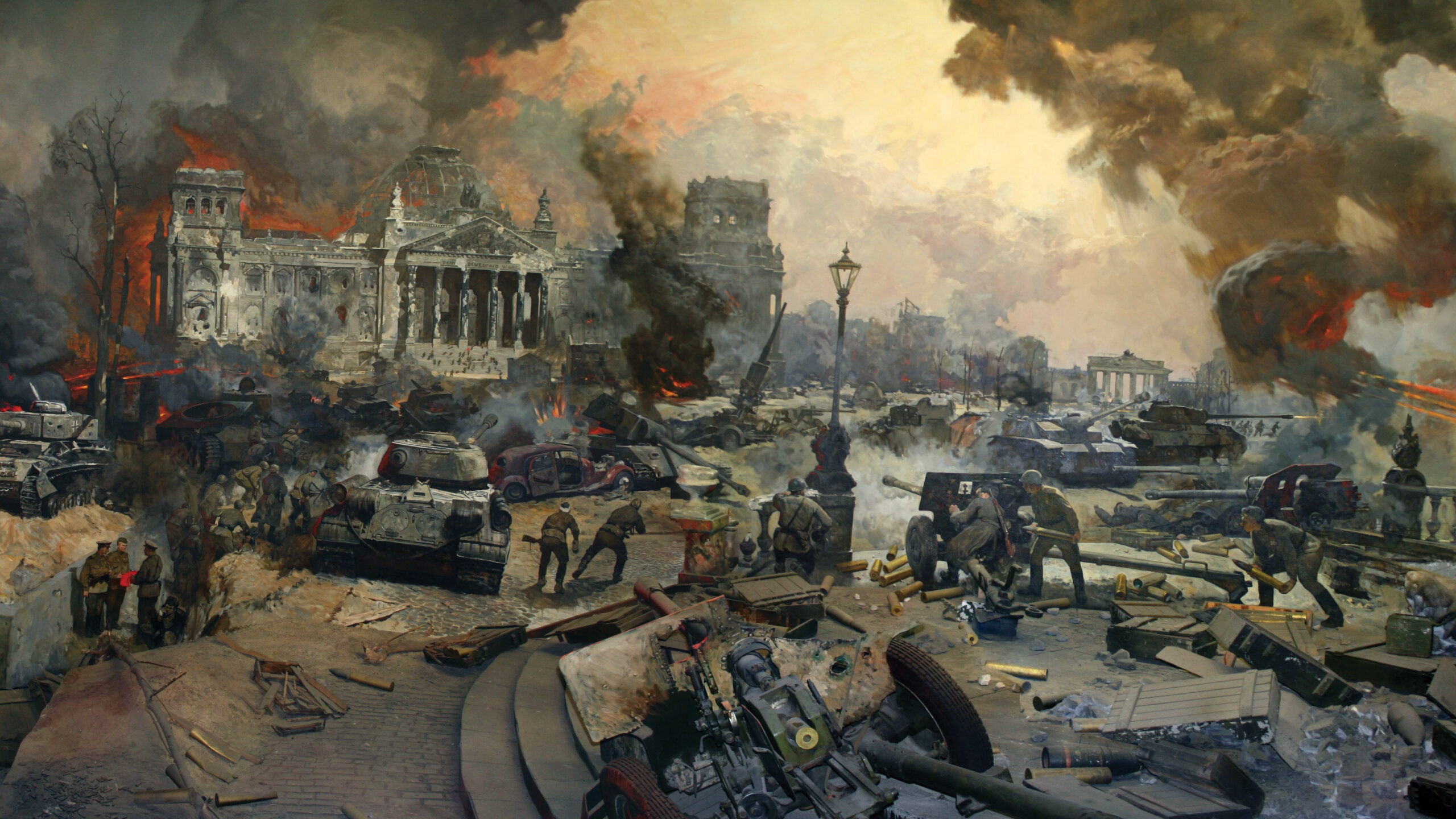
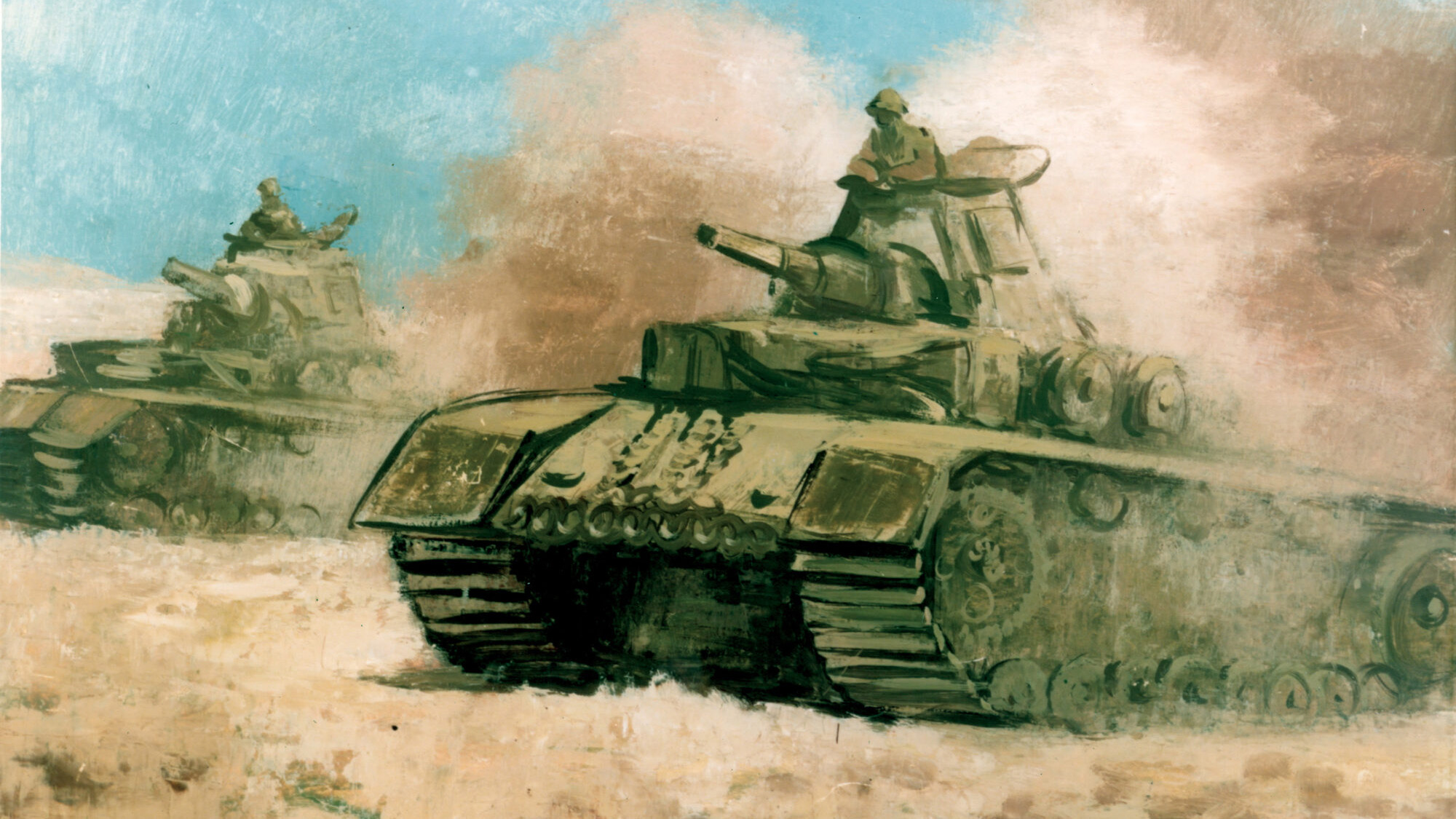
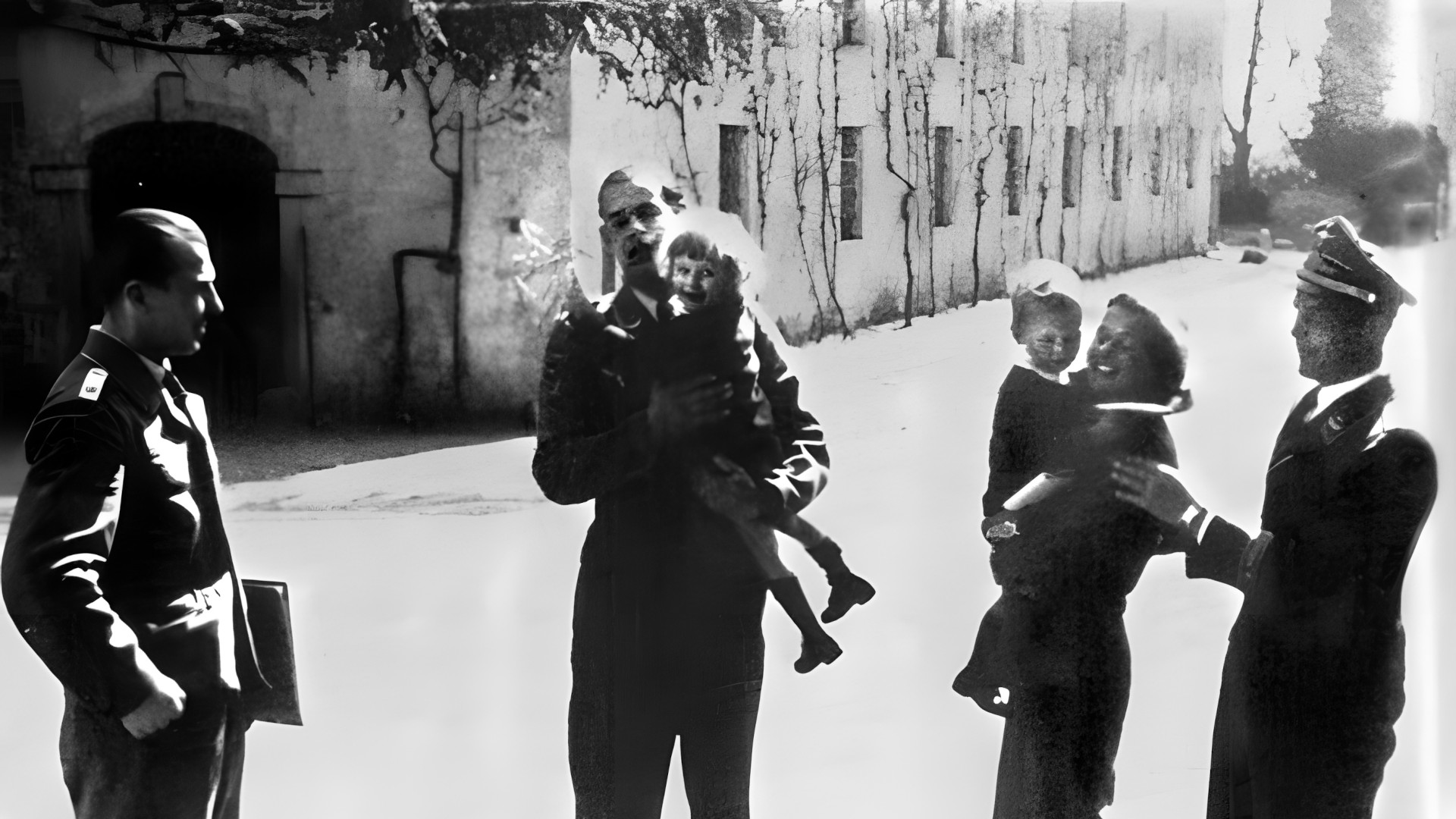
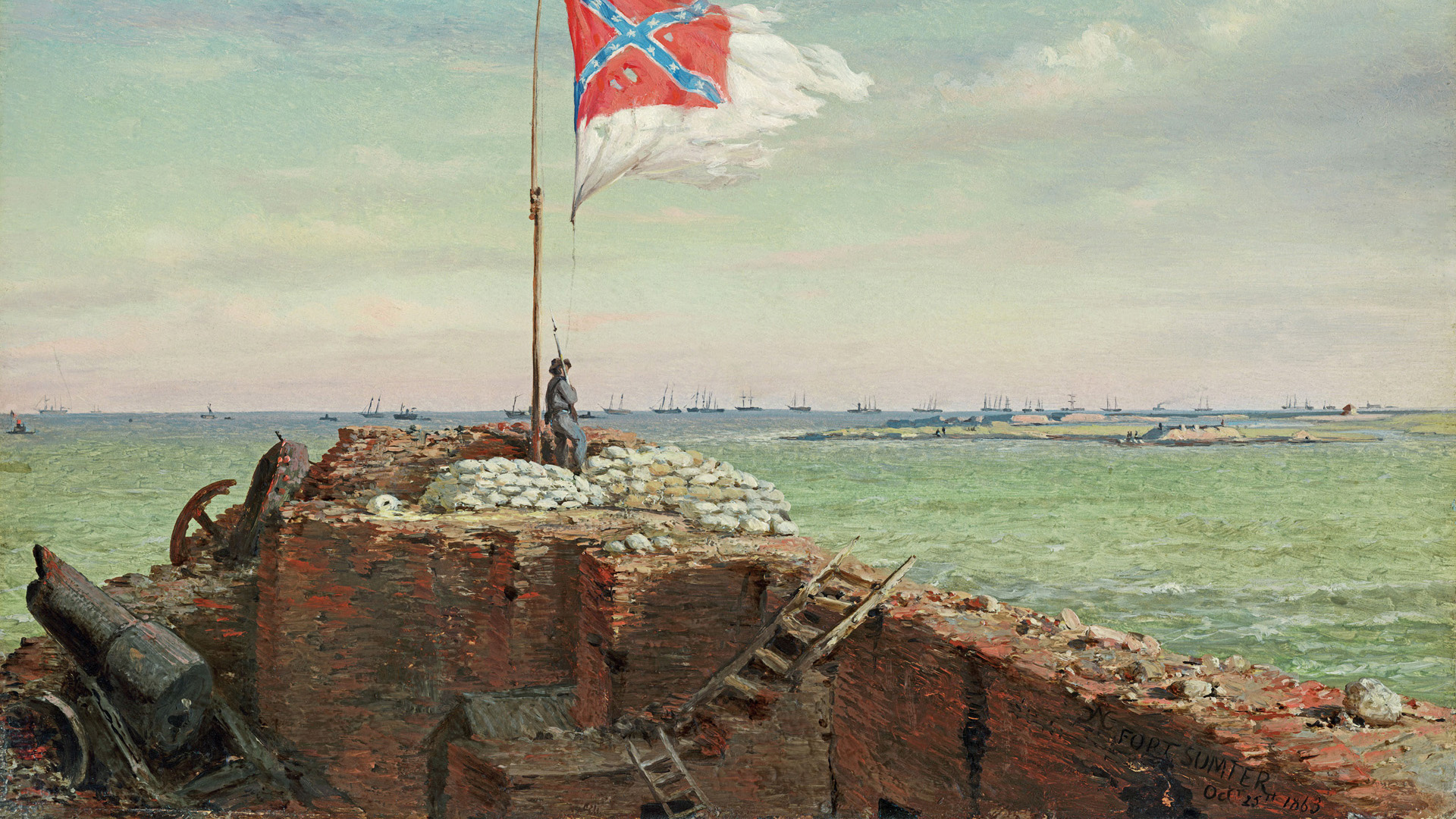
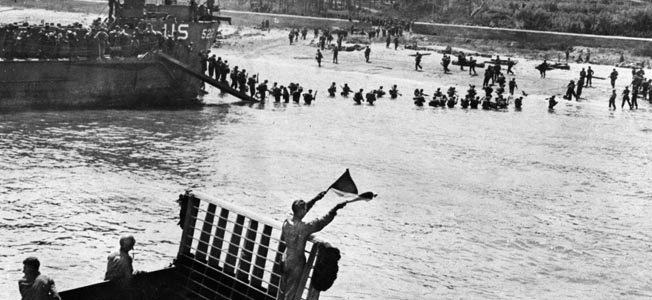
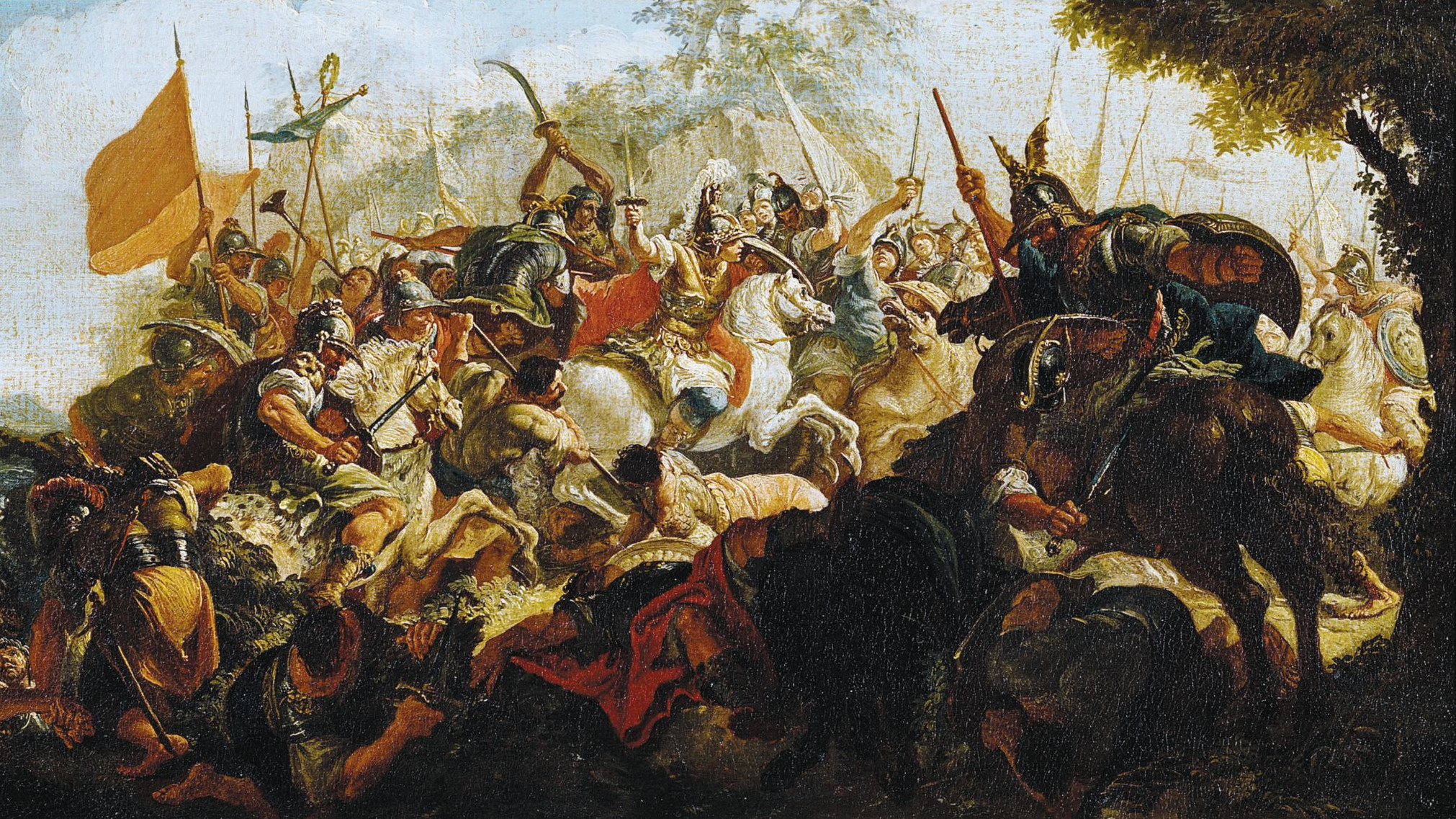
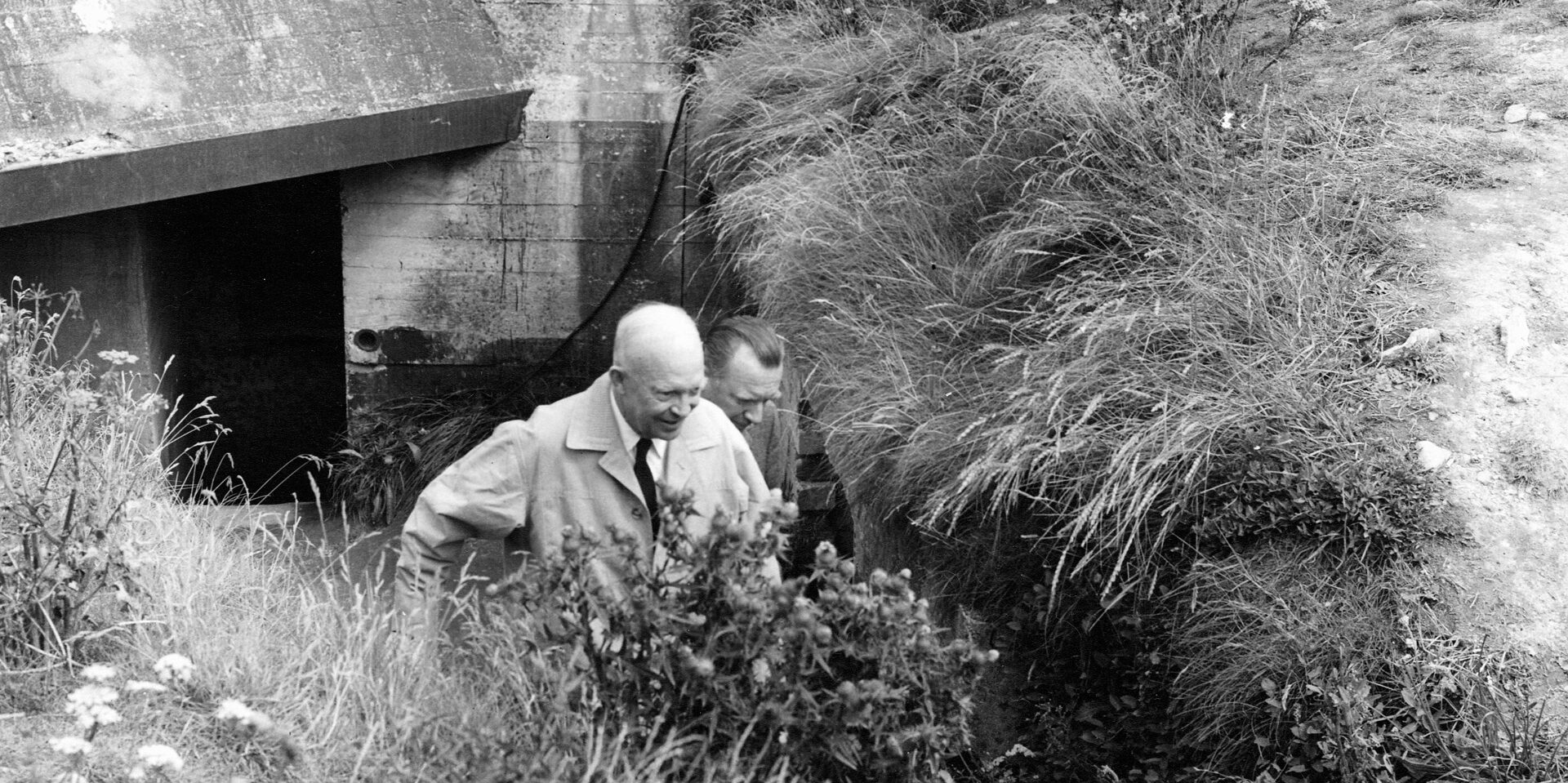
On 8 July 1944, aged just 7 1/2 years of age (and having lived in London during the German bombing campaigns of 1940 to 1944), I was among thousands of children evacuated to Wales from London and other large English cities because the government had decided on another [i.e. following that of September 1939] mass evacuation of children, as a DIRECT result of its fears over the onset of the German V1 bombing campaign. I always remember seeing one of those “terrors” in the sky, with the general rule being that as soon as one heard the engine cut out, that’s when you had to seek for shelter. I lived in Wales for one year until June 1945, and even today 2022 am still in contact with one of the village “girls” of the time. At the same time in 1945 my father was a gunnery soldier in the jungles of Burma in the fight against the Imperial Japanese Army forces there.
My 94 yr old Mum, who lives with me in New Zealand now, was walking home one evening in Finchley as a volunterr Red Cross nurse when she heard a strange chug-chugging in the sky. It stopped. Then she was tackled from behind and thrown onto the pavement. She thought she was being assaulted! Then the black-uniformed Air Raid Warden told her to “get her head down”. The V1 “Doodlebug” hit at the top of the street and I believe with it’s ton of explosive took out 3 houses. This was at the start of the raids as Londoners after this knew what the chug-chug meant. When teaching the history of WW2 I used to say “Hitler tied to kill my Mum but failed….let’s find out about the second Blitz of London.”